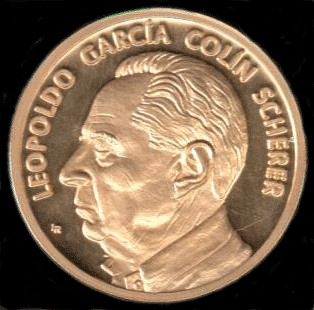Description
The laser ablation of solids in liquid medium has been actively used in the last two decades for the synthesis and processing of nanoparticles. An important effect of the plasma formation as a result of the laser-solid interaction is that some of the plasma surrounding liquid is vaporized producing a cavitation bubble. This bubble expands to its maximum size and then collapses, this process occurs at temperatures of thousands of Kelvin and pressures of several GPa. Under these extreme conditions if the liquid is water, splitting in hydrogen and oxygen occur, so that it can be considered as an alternative way to produce hydrogen. The generation of hydrogen upon ablation of different metals: Al, Mg, Ti and four different Al-Mg alloys with different Al content is reported. A ns pulsed Nd: YAG laser emitting in the fundamental line (1064 nm) was used to ablate each metal immersed in 20 mL of deionized water for 5 minutes, with and without the presence of an ultrasonic field. The laser beam was directed perpendicular to the surface of the metal target contained inside of a sealed glass flask. The flask was connected through a flexible hose to a glass beaker with water, in which an inverted graduated cylinder was placed; the volume of the produced gas (hydrogen) was determined directly by measuring the displacement of the liquid. Experiments varying the laser fluence at higher values from 27 to 77 J/cm2, as well as at lower fluences from 0.7 to 1.8 J/cm2 were performed. The produced gas was characterized by gas chromatography and mass spectrometry. Molecular hydrogen was found suggesting that this procedure allows the production of H2 of high purity. In general terms, all the studied metals under laser ablation produce H2 and the volume rise as the laser fluence was increased following a no-linear monotonic behavior with similar tendencies. The present approach to generate hydrogen can be considered as a bifunctional procedure because at the same time it can be used to produce nanomaterials with different shape and size as by-products.

